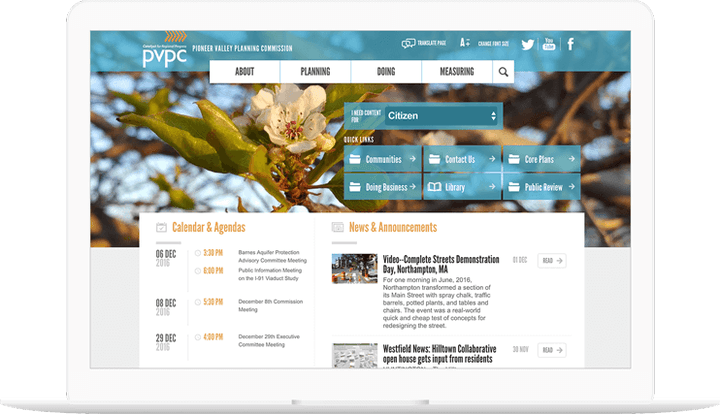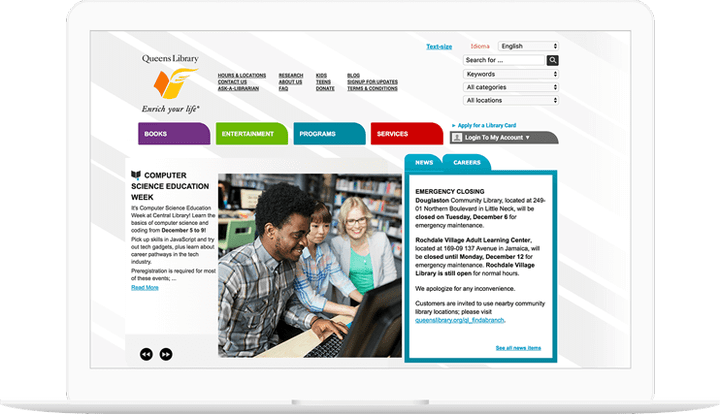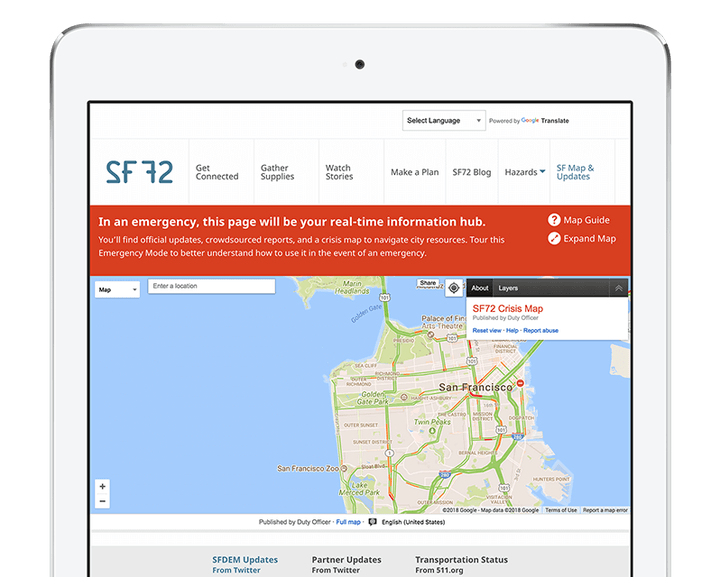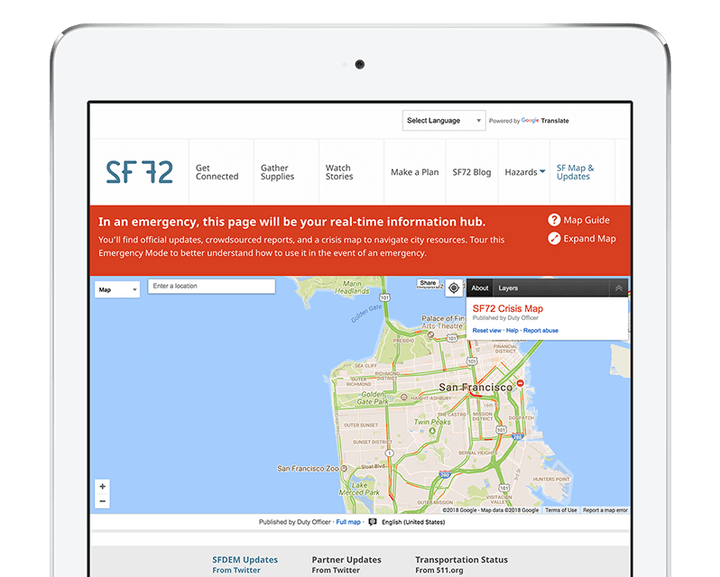We're proud to provide services to our friends in Government.
Mass.gov
Balancing content freshness and performance on Mass.gov.
Strategic optimizations transformed Mass.gov, delivering a 50% boost in back-end performance and a 30% improvement in front-end speed.

Balancing content freshness and performance on Mass.gov.
The Commonwealth of Massachusetts
Massive performance wins.
Balancing fresh content and top-notch performance.

Massive performance wins.
Downtown Northampton Association
Branding and print design.
Helping those who help their communities.

Branding and print design.

A new design for PVPC.
Queens Library
Catalog integration for Queens Library.
Realtime information integrations for better collection interactions.

Catalog integration for Queens Library.

A Hub for Emergency Preparedness.
The Commonwealth of Massachusetts
Best-in-class content delivery and caching.
Longer-lasting caches and fast load times, at a lower cost.

Best-in-class content delivery and caching.
The City and County of San Francisco
Drupal powers San Francisco's accessible emergency preparedness hub.
The Drupal-powered Emergency Management website serves as an accessible resource, providing critical information and tools for emergency preparedness.

Drupal powers San Francisco's accessible emergency preparedness hub.
The Commonwealth of Massachusetts
Ease-of-use API Key Management Tool.
Creating an easy way for the EOTSS to manage API keys.

Ease-of-use API Key Management Tool.
The Commonwealth of Massachusetts
Enabling continuous improvement by listening to constituents.
Collecting and displaying site feedback.

Enabling continuous improvement by listening to constituents.